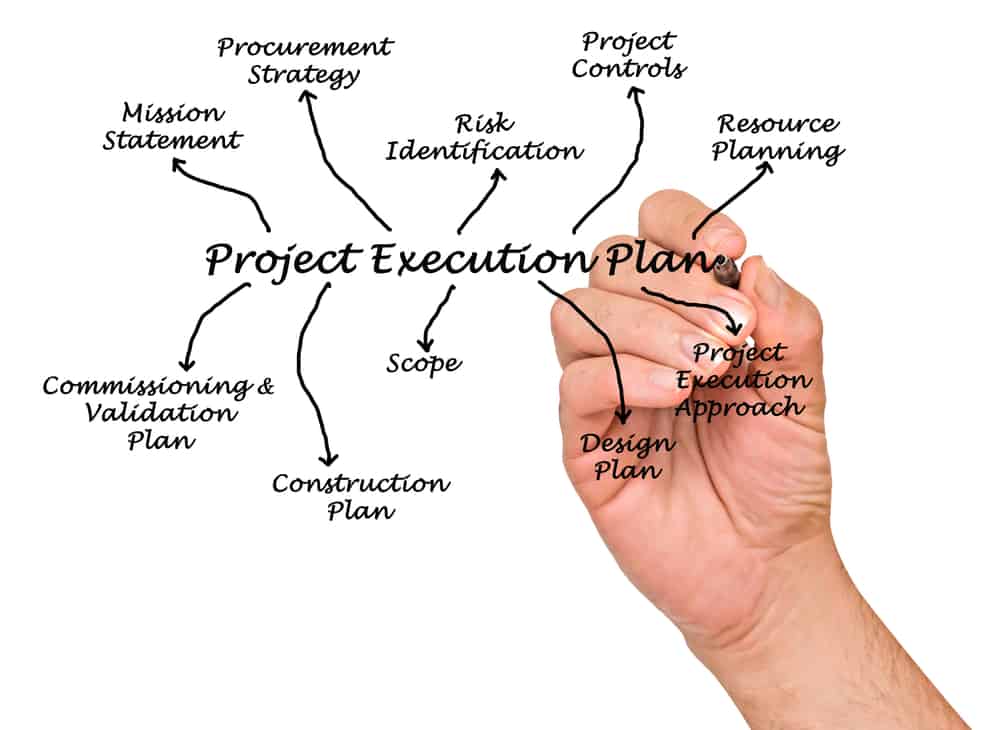Construction Project Management Stages
Construction PM Stages
The construction management life cycle begins at the same time as the bidding process, but once the contract has been finalized, the meat of the project can start.

Here are the stages in a construction project:
Design
This is the first stage of a construction project and once it is completed, it signals the beginning of the bidding process. In design, bid, build contracts, the owner chooses a contractor based on completed designs.
In this stage, an architect or engineer first assesses the feasibility of the design based on regulations and codes of the building, as well as the number of rooms, the size of the building, and the amount of space. Then, he or she creates schematic designs, or sketches, researching the type of equipment and materials needed and their cost.
And finally, the working drawings are created. These are the project’s final specifications and drawings that builders use for construction and that contractors add to their bid.
Pre-Construction
The bidding process is over and the owner has chosen a contractor. The contractor is then paired with the project team, comprising of a contract administrator, project manager, field engineer, and superintendent. Then, the team gets the site ready for construction. They conduct a site examination, test soil, and identify any possible unexpected situations, like environmental problems.
Procurement
The project team purchases the required equipment, materials, and labor. In other words, the procurement stage is when the team buys everything they need to complete the project. The complexity of this stage depends on the size of the project and the company. Large, national construction companies usually have procurement departments that purchase labor and materials for hundreds of projects at once. On the other hand, for smaller projects, the superintendent may buy small quantities of materials from local building supplies or hire a local laborer.
Construction
To kick-off the construction phase, the superintendent will arrange a pre-construction meeting with the subcontractors and material vendors to set the ground rules for working together. Then, the team must get ready to start construction, completing activities like setting up temporary storage facilities, securing the site, developing a materials and handling plan, establishing safety programs, and more. After that, the team begins construction.
Commissioning
Once construction is completed, the commissioning stage beings. There are two parts to the commissioning process. First, the project team must test the systems and equipment to make sure everything is working correctly before turning over the building to the owner. Then, the team must train the owner’s personnel in the operation and maintenance of the systems in the new building.
Owner Occupancy
When the owner moves into the new building, a warranty period beings. This ensures that all the materials, equipment, and building quality meet the expectations included in the contract. There are two types of warranties: express warranties (written and included in the contract) and implied warranties (established or required by law).
Project Closeout
This final phases ties up any loose ends. The team formally completes any remaining contractual obligations to finish the project. They may create a project punch list of any tasks that didn’t get accomplished and may conduct a post-project review, document lessons learned, archive project documents, or prepare a project completion report.
Comments